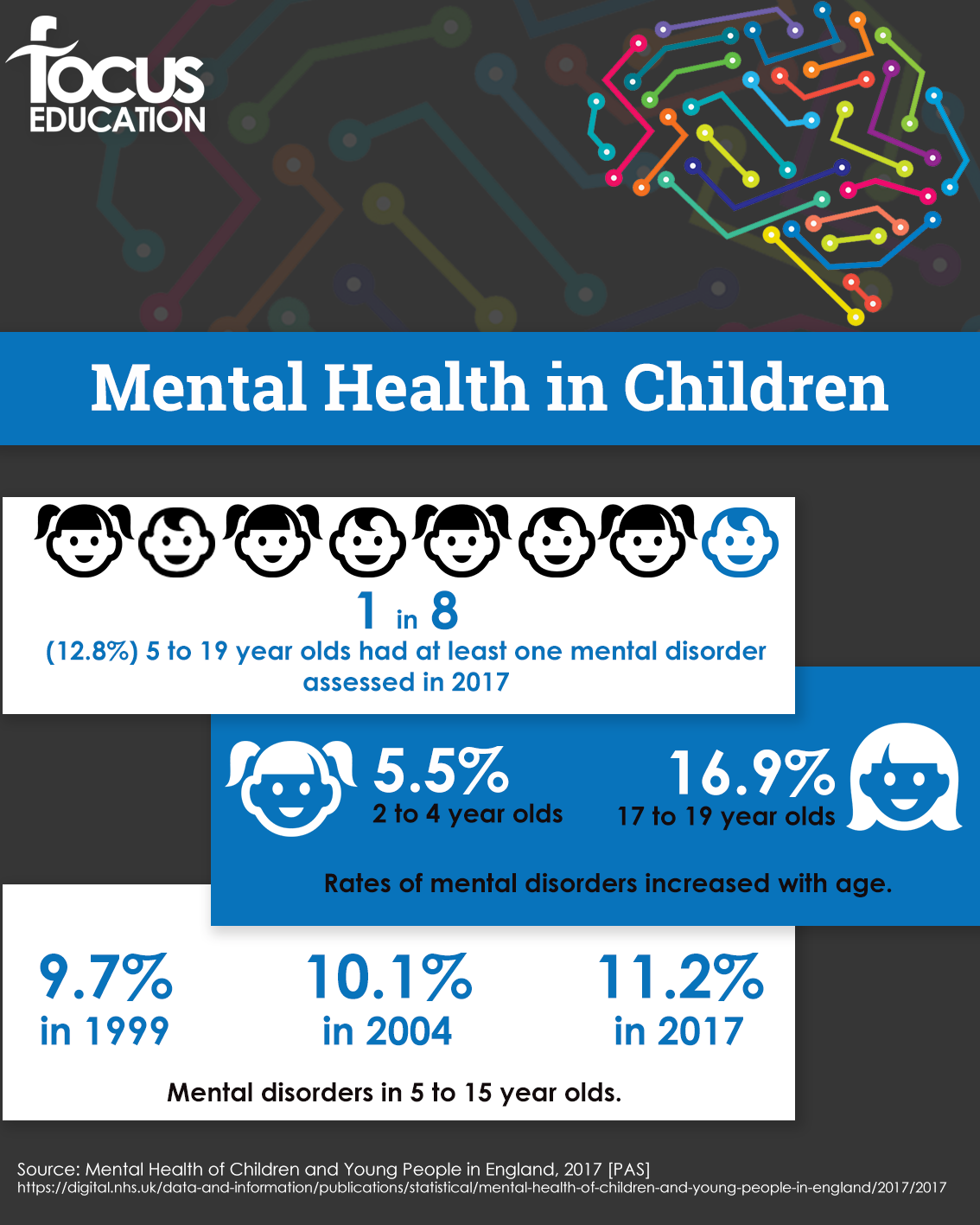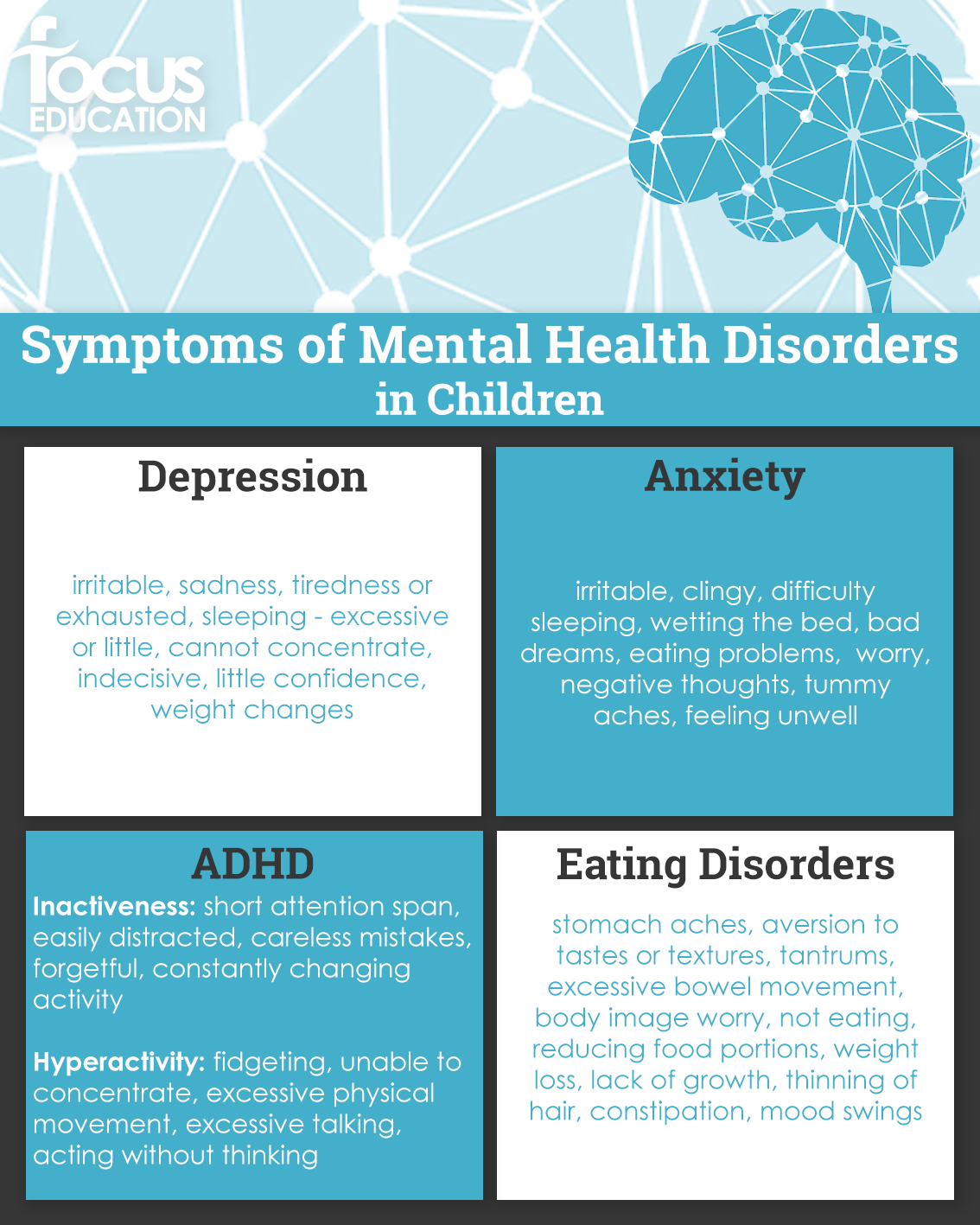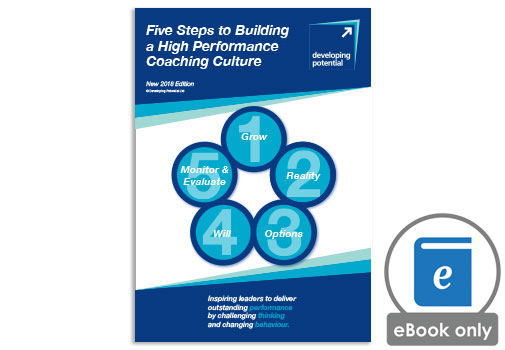
The 4th-10th February 2019 marks the fifth Children’s Mental Health Week in the UK. The week was set up by children’s mental health charity Place2Be to highlight the importance of children and young people’s mental health.
Place2Be have found that children in every class have diagnosable mental health conditions and many more struggle with challenges from bullying to bereavement. Recent research from NHS Digital (Mental Health of Children and Young People in England, 2017) found that 1 in 8 children aged 5-19 experienced a mental disorder in 2017.
Building strong mental health early in life can help children’s self-esteem, teach them to express themselves and their emotions, have good relationships with others and engage positively with their education. This, in turn, can lead to improved academic attainment and employment opportunities, making positive life choices and better mental wellbeing.
As 50% of mental health problems are established by age 14 and 75% by age 24 (Kessler et al, 2005) it is vital that we support children with their mental health and wellbeing to protect them now and reduce the risk of them experiencing difficulties in future years.
This year’s theme for Children’s Mental Health Week is “Healthy: Inside and Out” and Place2Be are encouraging everyone to think about how they look after their bodies and minds. When we think about healthy living, we often focus on things like eating well, being active and getting enough sleep. However, in order to be healthy overall, it is also important to look after our mental wellbeing.
Here are a few suggestions from Place2Be for activities that might encourage your pupils to look after their bodies and minds:
Have a class discussion about what being healthy means. Talk about different ways people can look after their bodies and minds.
Challenge yourself and your colleagues to try something new to improve your health. For example, walking everywhere instead of driving. You could download a step tracker and make it into a competition. Sharing with your class what you are doing to stay healthy can set a good example, and don’t be afraid to admit if you’re struggling! It’s important for children to keep trying, even when things are difficult.
Remind them there’s no such thing as a perfect body or mind – and no one is perfectly healthy. Pupils might be tempted to compare themselves to their classmates but it’s important to remember everyone’s bodies and minds are different – which is something to celebrate!!
For more information about supporting children’s mental health, see if your school has its own mental health policy or visit:
www.childrensmentalhealthweek.org.uk/
www.mentallyhealthyschools.org.uk/
If you are concerned about a child or want advice on recognising the warning signs for a mental health problem, visit: https://www.mentalhealth.gov/talk/educators
References
Kessler RC, Berglund P, Demler O, Jin R, Merikangas KR, Walters EE. (2005). Lifetime Prevalence and Age-of-Onset Distributions of DSM-IV Disorders in the National Comorbidity Survey Replication. Archives of General Psychiatry, 62 (6) pp. 593-602. doi:10.1001/archpsyc.62.6.593.
www.childrensmentalhealthweek.org.uk/
More Information


Related Publications

Rebecca Clayton is a psychology graduate currently working in the mental health sector of the NHS.









